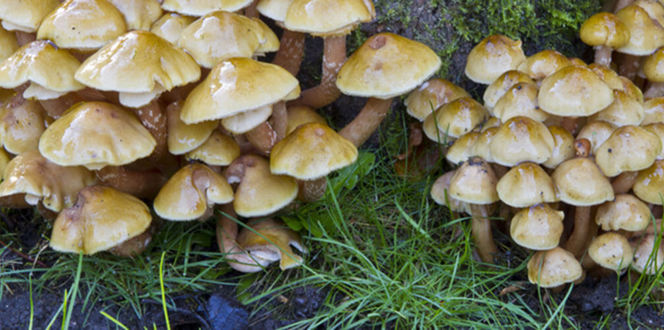What is Dead Man's Fingers?
Dead man’s fingers is a fungal pathogen that grows in small towering groups of three to six mushrooms and resembles fingers coming out of the ground. Each “finger” is about 1-3cm in diameter and can be between 3-8cm tall. When the fungus is young, it has a white color. Over time, it will turn black. This fungus is a very weak pathogen that only attacks stressed trees. The rot associated with this fungus is a soft rot, but usually is not cause for concern.
Hosts:
Dead man’s fingers are typically found on or near the stumps of dead wood. Decaying beech, apple, maple, locust and elm trees are the most common to host this fungus. However, it can also invade ornamental trees and shrubs that are stressed by other factors.
Dead Man's Fingers Fungus Biology & Symptoms:
Xylaria polymorpha is a saprotrophic fungus, which means it only grows on dead or dying wood. The fungus decomposes the wood and breaks organic matter down where it can be absorbed as nutrients by surrounding or future plants. Each “finger” serves as a reproductive vessel for the fungus with a small hole at the top that releases reproductive spores.
Management:
Proper identification of the source of dead man’s fingers is crucial. It is important to determine if it is growing from the trunk, roots, or in the mulch around the tree. If it is found at the roots or trunk, then it may be an indication that the tree is stressed. A tree infected by this fungus is not causing immediate removal, but for continual inspection to assess the rate of decay.





